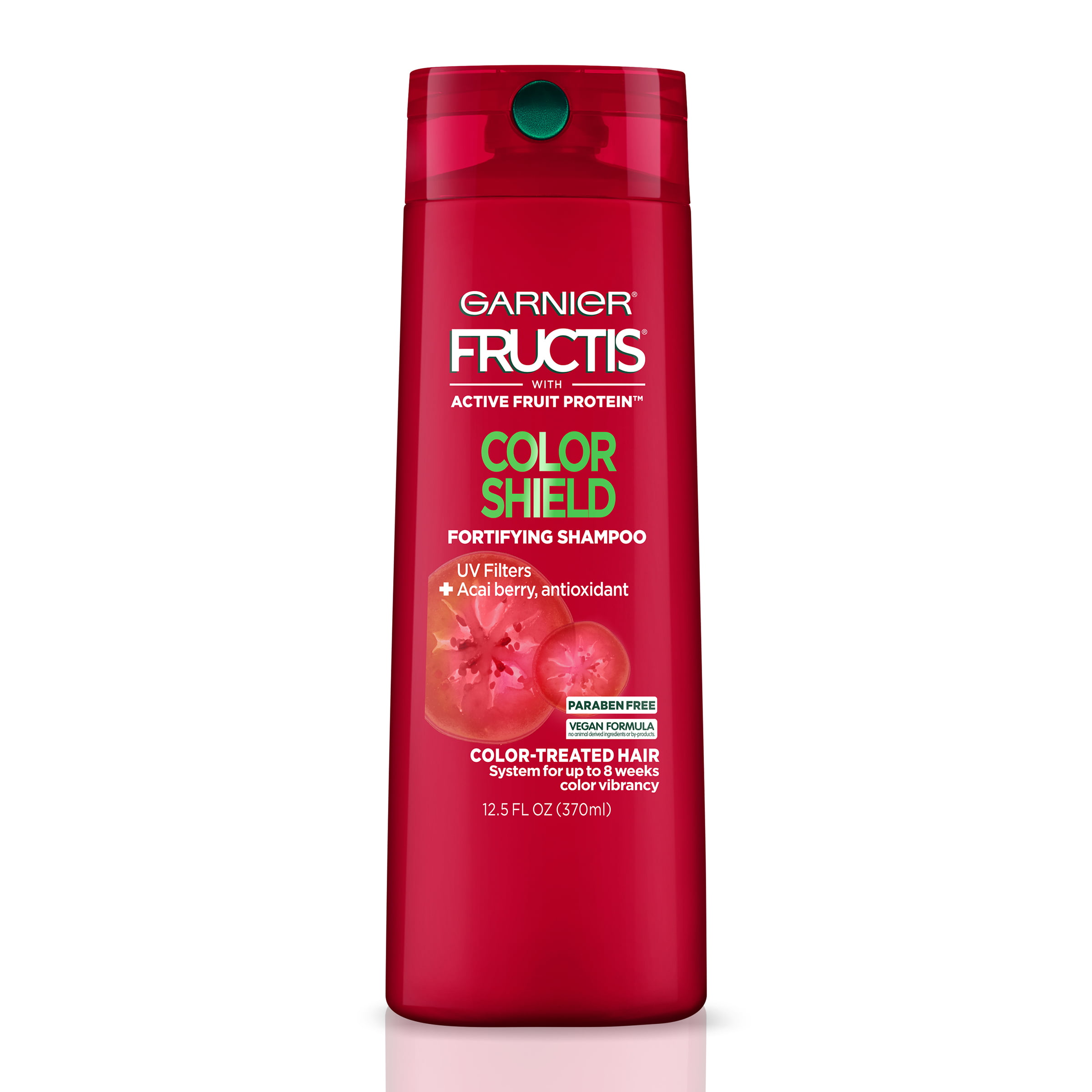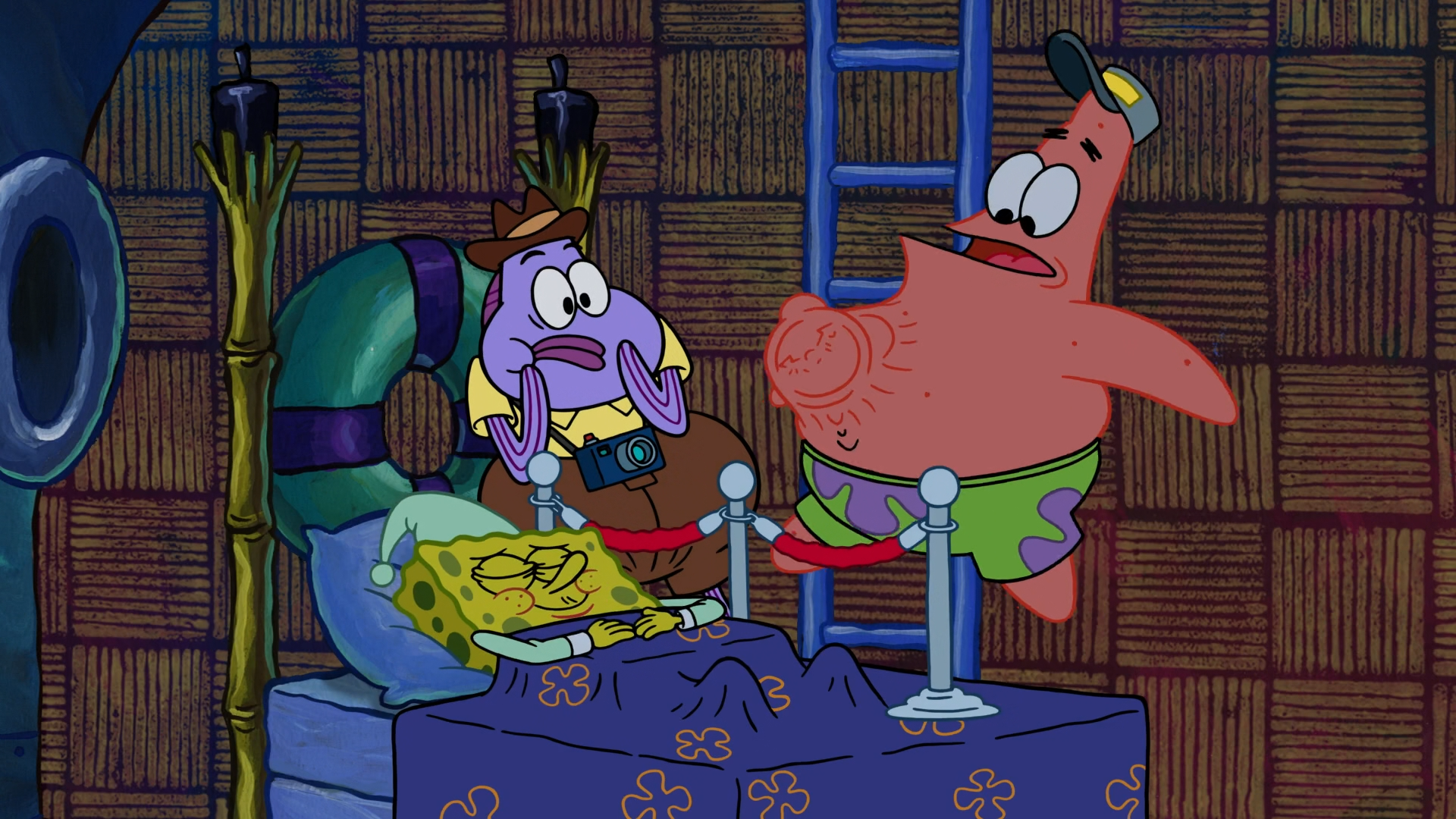Table Of Content
- Harvard Health Ad Watch: New drug, old song, clever tagline
- Can hair loss in women be prevented?
- Factors affecting female hair loss:
- What questions should I ask my healthcare provider?
- Different types of hair loss
- Products & Services
- Addressing shortfalls through diet and supplements: Does it help hair growth?

With some types of hair loss, like androgenetic alopecia, the changes to the hair are permanent. While you can take steps to slow this process, the physical changes in your body make it difficult to stop losing hair entirely. As in women, hair loss in men can be a natural result of changes in the body due to aging. Healthcare providers refer to age-related hair loss as "senescent alopecia," which differs from male pattern hair loss.
Harvard Health Ad Watch: New drug, old song, clever tagline
According to WebMD, “Typically, each time a normal hair follicle is shed, it is replaced by hair that is equal in size. You should visit your doctor or dermatologist, if you think you may be experiencing this type of hair loss, as they can help determine a treatment regimen. For androgenetic alopecia, your healthcare provider may indicate topical medications to help prevent further hair loss. Rogaine (minoxidil) formulations are effective for female and male pattern hair loss. You apply this solution indefinitely, as results go away if you stop. An excessive amount of hair fallout is known as telogen effluvium.
Can hair loss in women be prevented?

Studies indicate that laser therapy is safe and painless but requires many treatment sessions. To see a bit of hair growth, you may need several treatments a week for many months. This is considered the most effective treatment for people who have a few patches of alopecia areata, a condition that causes hair loss. In one study of 127 patients with patchy alopecia areata, more than 80% who were treated with these injections had at least half of their hair regrow within 12 weeks. Hair usually starts to regrow within months of finishing chemotherapy or radiation treatments to the head or neck. Dermatologists can offer medication to help hair grow back more quickly.
Factors affecting female hair loss:

If you often wear a hairstyle like braids or a tight bun that puts prolonged strain or stress on the hair follicle, that can cause a type of permanent hair loss called traction alopecia. Regular pulling on your hair via tight ponytails, braids, extensions, or weaves can cause traction alopecia—shedding caused by persistent tension, per the AAD. “The most common treatment for telogen effluvium is removing the trigger if it can be identified—and also time,” Dr. Lo Sicco says. If you experience pattern balding, seeing a healthcare provider for care and diagnosis is essential.
What questions should I ask my healthcare provider?
Most start to notice it in their 50s or 60s, but it can happen at any age and for a variety of reasons. It’s important to talk to your healthcare provider before starting any form of treatment for hair loss. Some types of treatment aren’t safe to use if you’re pregnant, planning on becoming pregnant or going through menopause. How many of you love a good hot oil treatment for your hair?
Otherwise known as Aldactone, spironolactone works to treat hair loss by acting on hormones. Specifically, it binds to androgen receptors and decreases the body’s processing of testosterone. Alopecia means “hair loss.” There are many different types of alopecia, in addition to androgenetic alopecia. This is a procedure in which your doctor removes hair from a part of your scalp where hair growth is full and implants it into an area where hair is thinning.
Former Executive Editor, Harvard Women's Health Watch
The Best Shampoos for Thinning Hair to Boost Volume and Fullness - Vogue
The Best Shampoos for Thinning Hair to Boost Volume and Fullness.
Posted: Wed, 29 Nov 2023 08:00:00 GMT [source]
This type of hair loss occurs slowly, over the course of several months or years. Although it’s more common in men, hair loss regularly affects women and people of other genders. You may experience any one of several types of hair loss, such as hair thinning, a widening part, or patchy hair loss. Anyone can have androgenetic alopecia (pattern baldness).
One-Third of Black Women Will Experience Traction Alopecia—And the Cause Goes Beyond Tight Hairstyles - Well+Good
One-Third of Black Women Will Experience Traction Alopecia—And the Cause Goes Beyond Tight Hairstyles.
Posted: Thu, 24 Aug 2023 07:00:00 GMT [source]
Products & Services
Nutritionists have found the most influential nutrients which can be linked to healthy hair are Vitamin B12, Biotin, Folate, and Riboflavin. Many of these can be found in the food we eat, as well as in well-rounded multi vitamins. A lack of essential vitamins and minerals such as iron, zinc and vitamin D can contribute to hair loss, particularly if you are experiencing an iron deficiency. With this in mind, one expert spoke with Express.co.uk about some of the causes of thinning hair.
Addressing shortfalls through diet and supplements: Does it help hair growth?
Some people prefer to let their hair loss run its course untreated and unhidden. Others may cover it up with hairstyles, makeup, hats or scarves. And still others choose one of the treatments available to prevent further hair loss or restore growth. Female pattern baldness (androgenetic alopecia) is the most common cause of hair loss in women, but there are many other potential causes. Another cause of rapid hair loss in women and men is anagen effluvium from chemotherapy or radiation treatment for cancer or certain medications. The hair loss, which can affect the entire body, starts two to three weeks after therapy.
If you’re currently losing hair, use a gentle baby shampoo to wash your hair. Unless you have extremely oily hair, consider washing your hair only every other day or less. Hair transplant surgery involves moving small plugs of skin, each with a few hairs, to bald parts of your scalp. It can be helpful to keep a hair diary to track any changes you notice or symptoms you experience and to look for patterns. It's most often temporary, but sometimes it can last for months or years. But you may start to notice it as early as your late teens -- and the earlier it starts, the more serious it tends to be.
You can search by location, condition, and procedure to find the dermatologist that’s right for you. Monica Christmas, MD, offers comprehensive obstetric and gynecologic care from a patient’s initial exam through her childbearing years and menopause. If you need help finding a primary care doctor, then check out our FindCare tool here. If you decide to style your hair with heated tools, only do so when your hair is dry and use the lowest settings possible.
It's also important to address the psychological impact of hair loss. If you've lost your hair, even temporarily, life will be easier if you can accept what's happened and learn to live with your altered appearance. Dozens of over-the-counter supplements and products purport to reverse hair loss, making it tough for patients to know which ones work and which don’t. Generally speaking, the sooner you start treatment, the more options you have and the better your results, dermatologists say. “Give your doctor a full hair history — when the thinning began, where and how extensive the thinning is, and any relevant symptoms,” she says. This article looks at what happens when hair falls out excessively, why this can occur, and where to seek treatment.











